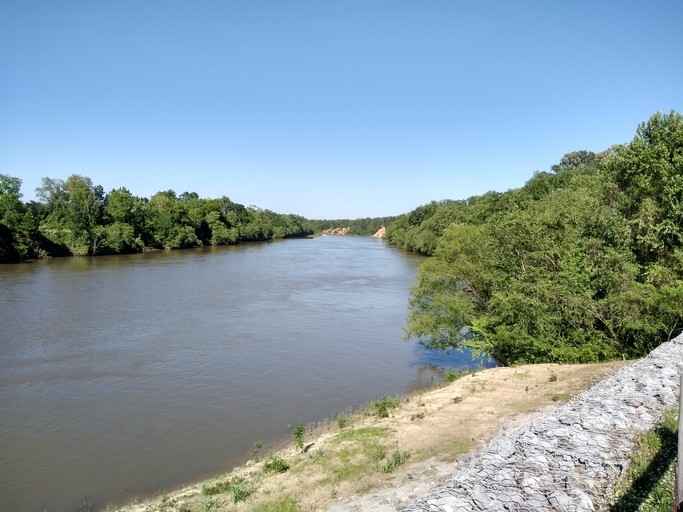US: No penalties for Tyson Foods yet after feed factory spillage caused fish kill

“We continue to have discussions with the State of Alabama about the accidental release of wastewater last year. We’ve also continued to have dialogue with property owners, elected officials and various other groups to understand their concerns,” Worth Sparkman, Tyson Foods spokesperson told FeedNavigator earlier this month.
A spokesperson for the Alabama Department of Environmental Management (ADEM) told us to contact the State of Alabama Attorney General’s office for an update on the matter of punitive action over the spill. However, the State Attorney General declined to comment.
Background
Tyson Foods’ River Valley Ingredients facility in Hanceville, Alabama produces poultry by-products for use in feed. Tyson bought the rendering factory in August 2018 from American Protein Ingredients, Inc. The plant, according to an open letter to local residents posted on Tyson's website in August 2019, experienced an accidental release of wastewater into the Black Warrior River due to a mechanical failure in temporary piping.
“The facts of this event are that an estimated 220,000 gallons of partially treated wastewater was released from temporary piping we had a contractor install. Since it had not yet completed the treatment process, the water that reached the Mulberry Fork caused the oxygen levels to drop. Fish died as a result of the decrease in oxygen levels. We want residents to understand this was due to low levels of oxygen in the water and not because of the release of man-made chemicals. The oxygen levels in the water returned to normal within a short time of the incident and fish are starting to return.”
The spill took place in Hanceville and flowed downstream into the Sipsey Fork and Mulberry Fork rivers, which are tributaries of the Black Warrior River. Many Alabama residents were angered by the spill because it wasn’t the factory’s first accident. Another spill occurred in 2016, which killed 40,000 fish.
Martha Salomaa, from a local environmental group, Sipsey Heritage Commission, told this publication there were several low-income communities affected by the June 2019 factory spill. Those communities rely on the river as a source of drinking water, for fish and for recreational purposes, she said.
“The water was undrinkable for a while before we heard about the spill and for weeks after,” claimed Salomaa.
The locality is known for its high level of biodiversity, but she claimed that the level of wildlife in the area has diminished since the incident last summer.
The Alabama Conservation and Natural Resources Department has said the spill was so substantial that the river would be damaged for the next five years.
Legal action
The Sipsey Heritage Commission is one of several groups that brought a lawsuit against Tyson Foods, the contractor used to install the temporary piping, and the former plant owners, American Proteins, over the spill last summer, and the earlier discharges.
“Tyson Farms, American Protein, River Valley Ingredients, Jason Spann, HydraService… wantonly caused or allowed raw sewage and other effluent contaminants and other harmful bacteria and substances to be discharged into the Mulberry River and the Mulberry Fork of the Warrior River and wantonly caused or allowed horrible odors to be discharged from the plant,” alleged the plaintiffs in their lawsuit.
The plaintiffs contend that Tyson based its earlier statement on oxygen levels being returned to normal, without accounting for E. coli and fecal coliform levels.
Having never been able to reach Tyson executives herself since the spill, Salomaa eventually got to speak to them at a shareholder’s meeting in February this year. She told them about the impact the incident had on her community. “They were very accommodating, they said they want to make things right.”
Ultimately, the communities affected by the spill want to ensure that extensive water monitoring occurs and that a warning system, and preventive measures at the River Valley Ingredients plant are put in place to make sure that the June 2019 incident and the earlier discharges do not occur again, said Salomaa.









